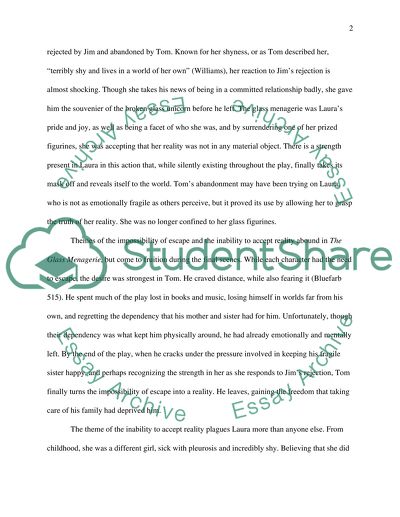Tennessee Williams' The Glass Menagerie Analysis Essay. Retrieved from https://studentshare.org/literature/1476576-tennessee-williams-the-glass-menagerie-analysis
Tennessee Williams' The Glass Menagerie Analysis Essay. https://studentshare.org/literature/1476576-tennessee-williams-the-glass-menagerie-analysis.


